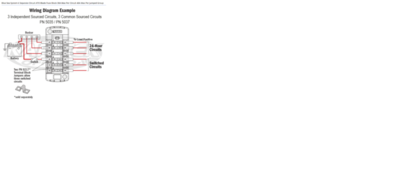Hi I was hesitant to start another thread but this might be one that is focused on updating your old crap *** fuse box.
So my old box might be restorable however I am looking really to upgrade it as I work through a number of electrical issues.
Anyone updated their fuse with blade stayle boxes? If so what did you use and did you like how it worked out?
Thanks for your participation!
So my old box might be restorable however I am looking really to upgrade it as I work through a number of electrical issues.
Anyone updated their fuse with blade stayle boxes? If so what did you use and did you like how it worked out?
Thanks for your participation!

















